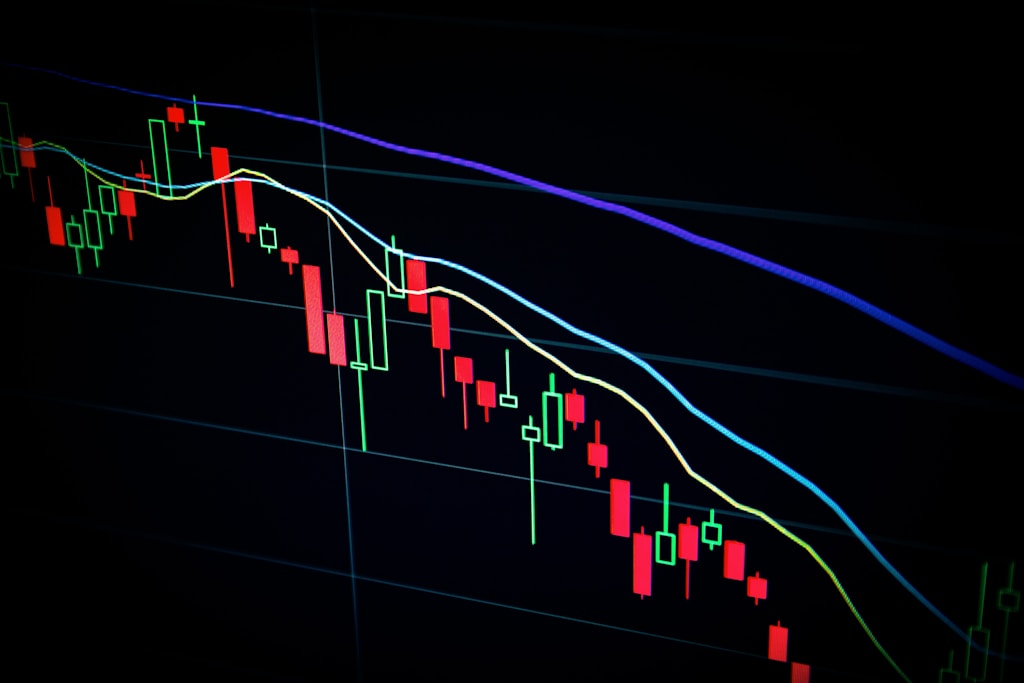Key Takeaways:
- Fidelity Investments plans to launch its own stablecoin backed by U.S. Treasuries
- The $5 trillion asset manager’s move marks significant institutional adoption
- Initiative aligns with growing tokenization trend in traditional finance
Fidelity Investments, the Boston-based financial giant managing $5 trillion in assets, is making a landmark entry into the digital assets space with plans to launch its own stablecoin. This development, which follows growing momentum in the tokenization market, represents a significant milestone in the institutional adoption of blockchain technology.
Strategic Entry into Tokenized Treasuries
The stablecoin initiative marks Fidelity’s strategic expansion into tokenized versions of U.S. Treasuries, positioning the firm at the forefront of traditional finance’s integration with blockchain technology. This move comes as institutional interest in digital assets continues to surge, with major players like BlackRock leading similar initiatives in the crypto space.
Market Impact and Industry Implications
The introduction of a Fidelity-backed stablecoin could significantly impact the digital asset ecosystem, particularly in:
- Institutional adoption of digital assets
- Integration of traditional and digital finance
- Market stability and liquidity
- Regulatory framework development
Frequently Asked Questions
What is the significance of Fidelity’s stablecoin launch?
Fidelity’s entry into the stablecoin market represents a major institutional endorsement of blockchain technology and could accelerate mainstream adoption of digital assets.
How will this affect the broader stablecoin market?
A Fidelity-backed stablecoin could introduce new standards for transparency and security in the stablecoin sector, potentially influencing regulatory approaches and market practices.
What are the potential benefits for investors?
Investors may gain access to more efficient treasury management tools, enhanced liquidity options, and seamless integration between traditional and digital asset markets.
